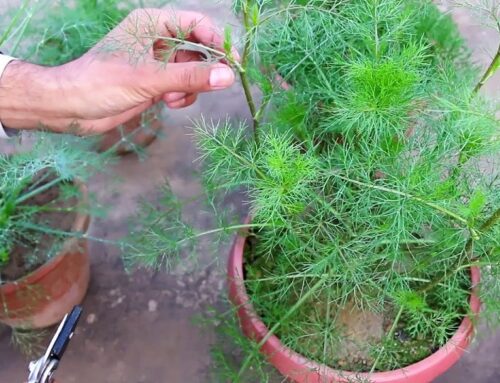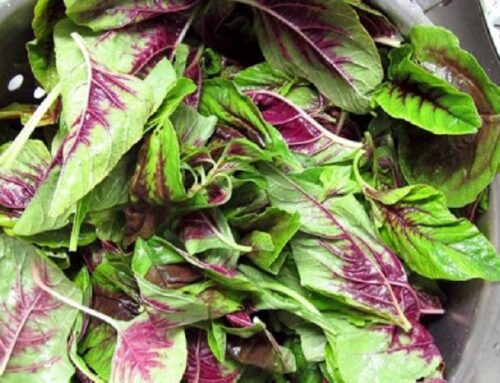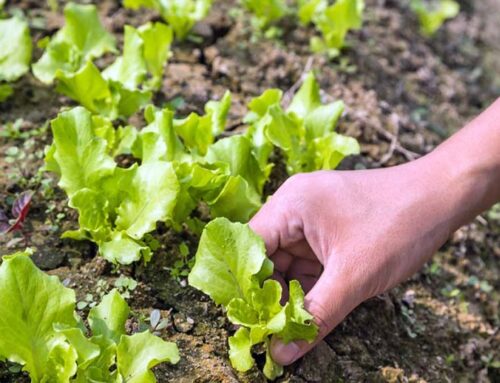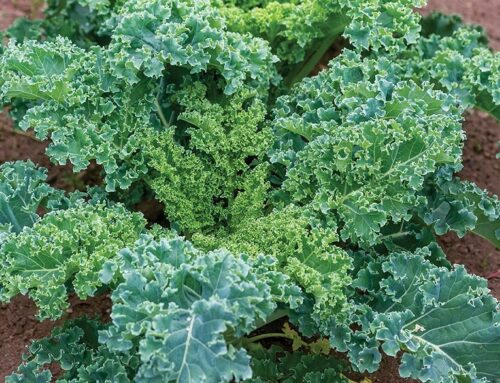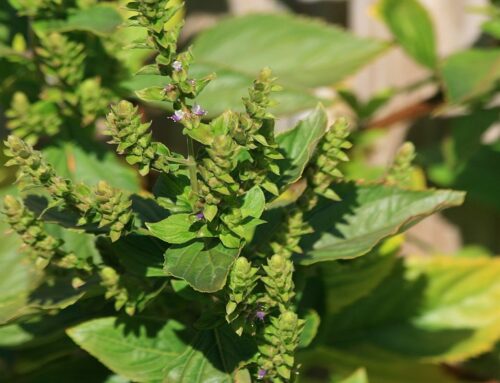Fenugreek greens is a highly nutritious leafy vegetable and therefore very popular among kitchen gardeners. Scientific name of fenugreek greens is Trigonella foenum-graecum. It belongs to the family Fabaceae. Fenugreek is considered to be a native of Eastern Europe and Ethiopia. It is widely cultivated in India and Mediterranean countries. Common name of fenugreek greens is Greek hay.
Fenugreek is a cool season crop and best suited for temperate climate. In tropical and subtropical regions of the world, it is grown during winters (from the month of September and can be grown till February) and the Fenugreek crop is fairly frost-resistant. The crop needs a very cool climate for its vigorous growth.
Fenugreek prefers well-drained, moist, fertile, rich loamy soils with neutral to slightly acidic pH (pH ranging to 6 to 7) for its growth.
Propagation: Fenugreek plant is propagated through seeds. Soaking the seeds overnight increases germination rate. Seeds are sown in well-prepared nursery beds by broadcasting. After the sowing process, beds are covered with a light bio-mulch of dried leaves or a thin layer of soil. A light irrigation is given to keep the soil moist. Seeds need to be kept moist throughout the germination process. In tropics, seeds are sown in September to October. Seeds start germinating within a week. Sowing in rows of 20 to 25 cm facilitates weeding and intercultural operations in the initial stages.
Seed Rate: For home gardens or for a small crop, a handful of seeds may be sufficient. For a commercial crop the seed rate required is as follows:
- In case of ‘Common Fenugreek’, approx. 25 kg of seeds are required to sow one hectare of land
- In case of ’Cultivated Fenugreek’, 20 kg seeds are required for one hectare
Note: 1 acre = approx. 4000 sq.m. and 1 hectare/ha = 10000 sq.m.
Thinning: Thinning is an important practice to be done for growing healthy fenugreek plants. Thinning of seedlings is advised when seedlings have at least two sets of leaves. This is done in order to provide sufficient space between plants so that growing plants do not have to compete with other plants for water and nutrients.
Planting: 3-4 weeks old seedlings are transplanted in the main fields. Planting is done in rows and sufficient space is given between two rows and plants. Researches reveal that proper plant spacing has an effect on the yield of the plants. A spacing of 20cm x 10 cm may be used for a commercial crop of fenugreek greens.
Watering: Fenugreek is a moisture-loving plant and frequent watering induces quick growth of the plants. Soil moisture is necessary to keep the plants succulent and healthy.
Pest Disease Management: Fenugreek plants do not suffer from any major disease-pest attack. If minor pest attack is noticed such as aphids or thrips, organic pesticides such as pyrethrums may be used. However, weeds may be a problem during the initial stages of plant growth. Once mulching is practiced, weed growth is suppressed naturally.
Harvesting: Fenugreek leaves are ready for harvesting within 4-5 weeks of sowing seeds. Tender, young leaves are more suitable for vegetable purposes as mature leaves tend to develop a slightly bitter taste. For harvesting seeds, allow the plants to grow for more time until pods are developed and seeds become ripe for harvest. ‘Cultivated Fenugreek’ gives several harvests of leaves. First leaf harvesting may be done in 25 to 30 days after sowing seeds. In case of “Common Fenugreek”, the young shoots are nipped off in about three weeks after sowing. Later on, the whole plant is often pulled out, bunched and marketed. Sometimes after taking 2 to 3 cuttings, the plants are left to produce seeds.
Yield: ‘Common Fenugreek’ yield is about 7 to 8 tons of fresh leaves per hectare. ‘Cultivated Fenugreek’ gives a higher yield of about 10 tons of fresh leaves per hectare.
Check out our publishing services here…
We publish top quality videos on various ‘Food & Agriculture’ topics. You may subscribe our video channel here…


